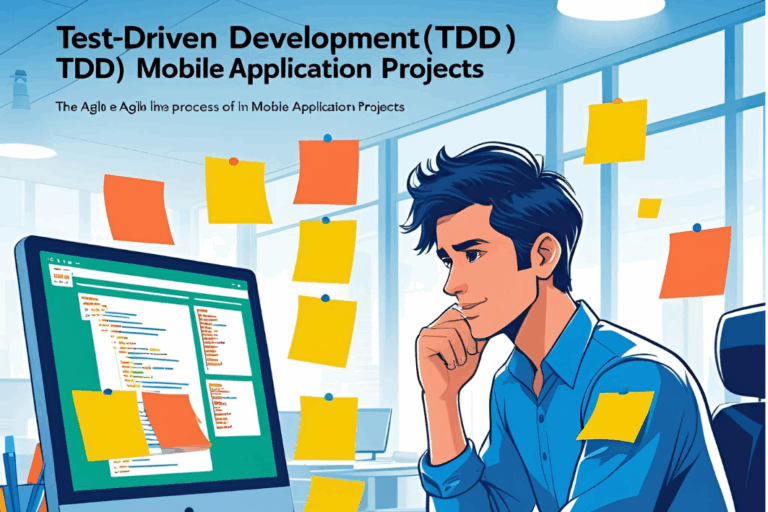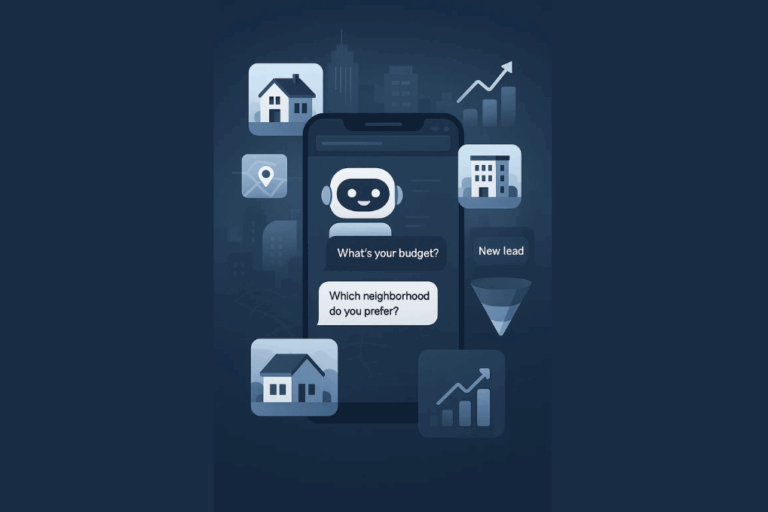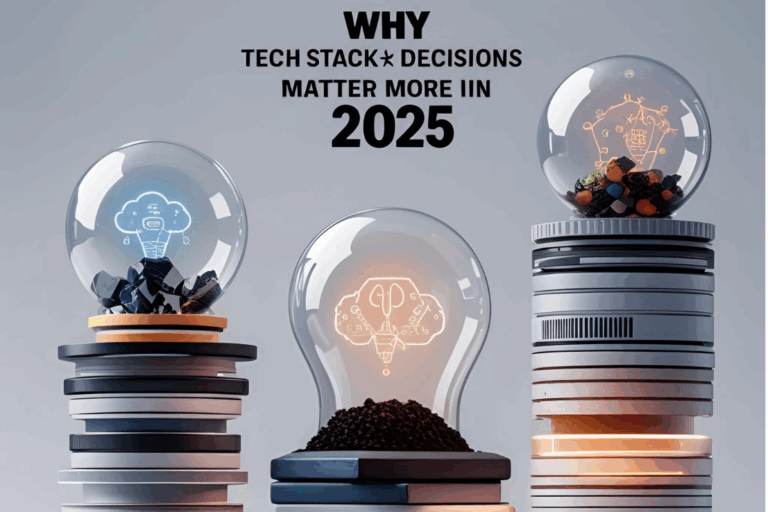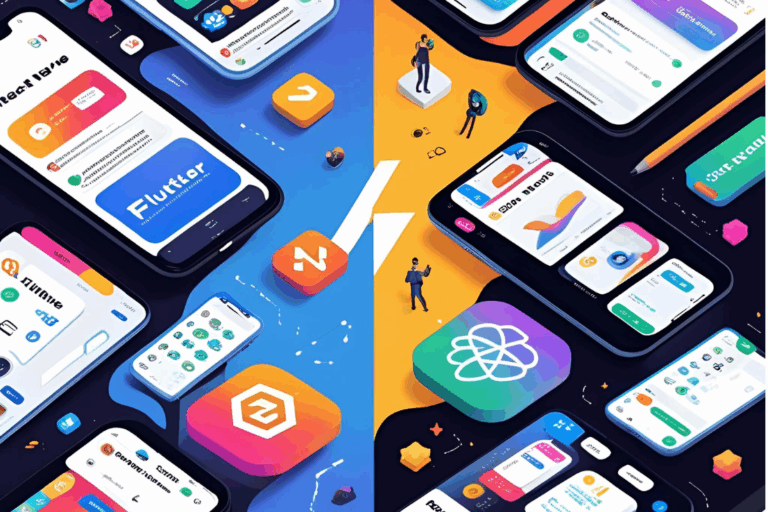Integrating Generative AI into Legacy Web Platforms
Legacy platforms weren’t built for the AI age—but that doesn’t mean they can’t evolve with it. As businesses race to adopt Generative AI, one key challenge persists: integrating AI capabilities into legacy web platforms without disrupting reliability or performance.
At Techo Lab, we work with product teams facing exactly this crossroad. Whether it’s enhancing content workflows, improving user engagement, or modernizing search and recommendations, Generative AI has transformative potential—even in aging systems.
In this article, we break down how to approach AI integration in legacy stacks, common roadblocks, and the frameworks we use to implement AI responsibly and effectively.
Why Integrate Generative AI into Legacy Platforms?
Legacy does not equate to obsolescence. Numerous businesses rely on established systems with years of data, entrenched procedures, and domain expertise to perform vital operations. Teams can create novel user experiences (such as AI-powered search, summarization, or content creation) by integrating generative AI into these contexts.
- Increase internal efficiency through the use of smart documentation and automatically generated reports.
- Lighten the burden of support (e.g., chatbots educated on product manuals or previous tickets)
- Update product offers without completely revamping the stack.
At Techo Lab, we view this as a value enhancement rather than a technological advancement.
In relation to legacy web apps, what is generative artificial intelligence?
Generative AI refers to models that generate new content—such as text, code, visuals, or insights—by analyzing patterns in existing data. Tools like GPT-4, Claude, and open-source LLMs like LLaMA and Mistral are powering this new wave of intelligent augmentation.
Business logic on outdated platforms should be enhanced rather than replaced:
In CMS systems, suggesting content drafts; in internal CRMs, autofilling fields
Using AI-trained assistants to improve customer service; condensing logs, reports, or data exports; and converting old paperwork into useful insights
Where We Begin: The AI Integration Strategy of Techo Lab

When using AI to modernize legacy platforms, we go through four steps:
- Identification of Use Cases
Without overpromising, we outline workflows where generative AI might create new value or increase efficiency. Common places to start: Knowledge base synthesis; automated ticket responses; intelligent search and autocomplete; and dynamic form creation - Planning for Infrastructure and Access
PHP,.NET, Java, or antiquated CMSs are frequently used by legacy stacks. We use the following to plan API-first integrations: OpenAI/Anthropic APIs; LangChain/LlamaIndex for orchestration; and microservices-based Python/Node.js bridges.
• REST APIs combined with webhooks for low-friction data exchange - Prompt Engineering & Model Alignment
Depending on the requirements of the domain, we evaluate both hosted and optimized models. We handle prompt engineering carefully to ensure reliability, safety, and accurate context alignment. - Adherence and Observation
It is necessary to regulate generative AI. We use user feedback loops to retrain prompts; output filters to prevent hallucinations; and logging for audit trails and compliance.
Use Case in the Real World: AI-Assisted Documentation Portal
A documentation portal was constructed on top of a historical CMS for one of our enterprise clients. We included a GPT-based assistant to aid users with natural language content queries.
- The CMS and OpenAI’s API were connected via a Node.js bridge.
- We used React to integrate a chat user interface onto the frontend.
- Timely templates guaranteed factual answers rather than conjectures.
- As a result, in just three months, user support tickets decreased by 38%.
It’s not always easy to incorporate generative AI into traditional web applications. The following difficulties are to be anticipated:
- Data Silos: Non-standard or inaccessible formats are frequently used by legacy platforms to store data. It can be necessary to create ETL pipelines or APIs from the ground up.
- Security Risks: Integrating AI into a production system can open new attack surfaces. To mitigate this, we gate every API, sanitize all inputs, and apply strict rate limits.
- UI/UX Mismatch: Legacy user interfaces weren’t designed to support conversational flows or AI-driven suggestions. We often need to refactor the frontend to seamlessly integrate these new experiences.
- Misalignment of the Model: Unconventional LLMs might not work effectively with data from specialized domains. We resolve this with fine-tuned models, RAG (retrieval augmented generation), or embeddings.
Our Technology Stack for Integrating AI and Legacy
We usually use the following, depending on the client stack:
- Frontend Embeds: React, Vue, or Vanilla JS injection;
- Models: GPT-4, Claude, Mistral, or proprietary open-weight models;
- Cloud: AWS Lambda, Azure Functions, or containerized services;
- API Layer: Node.js or Python Flask/FastAPI;
- AI Orchestration: LangChain, LlamaIndex
CI/CD pipelines and monitoring hooks are used to cover everything to make sure AI is production-ready.
In Conclusion
It is not necessary to completely redesign legacy platforms in order to incorporate generative AI. AI may revitalize outdated systems and unlock efficiency, intelligence, and user satisfaction with the correct architecture, mindset, and governance.
Our specialty at Techo Lab is bridging the legacy and innovation divide. We assist you in creating the AI layer that makes your internal tools and customer experience future-ready without compromising what is now functional.





